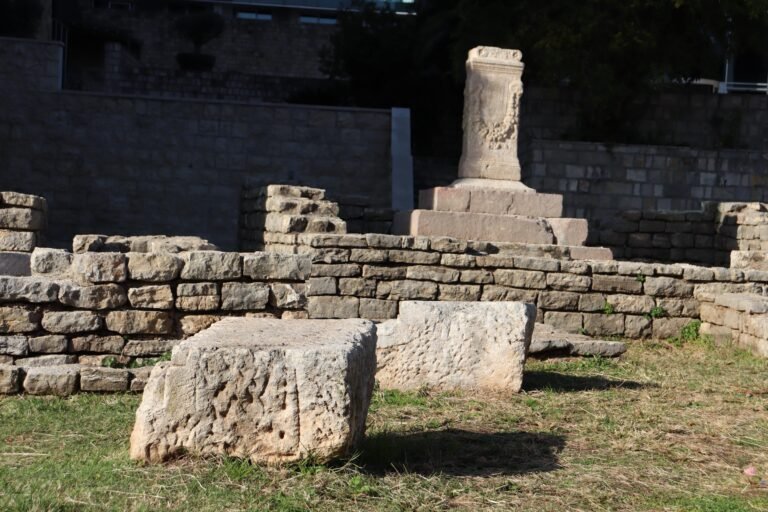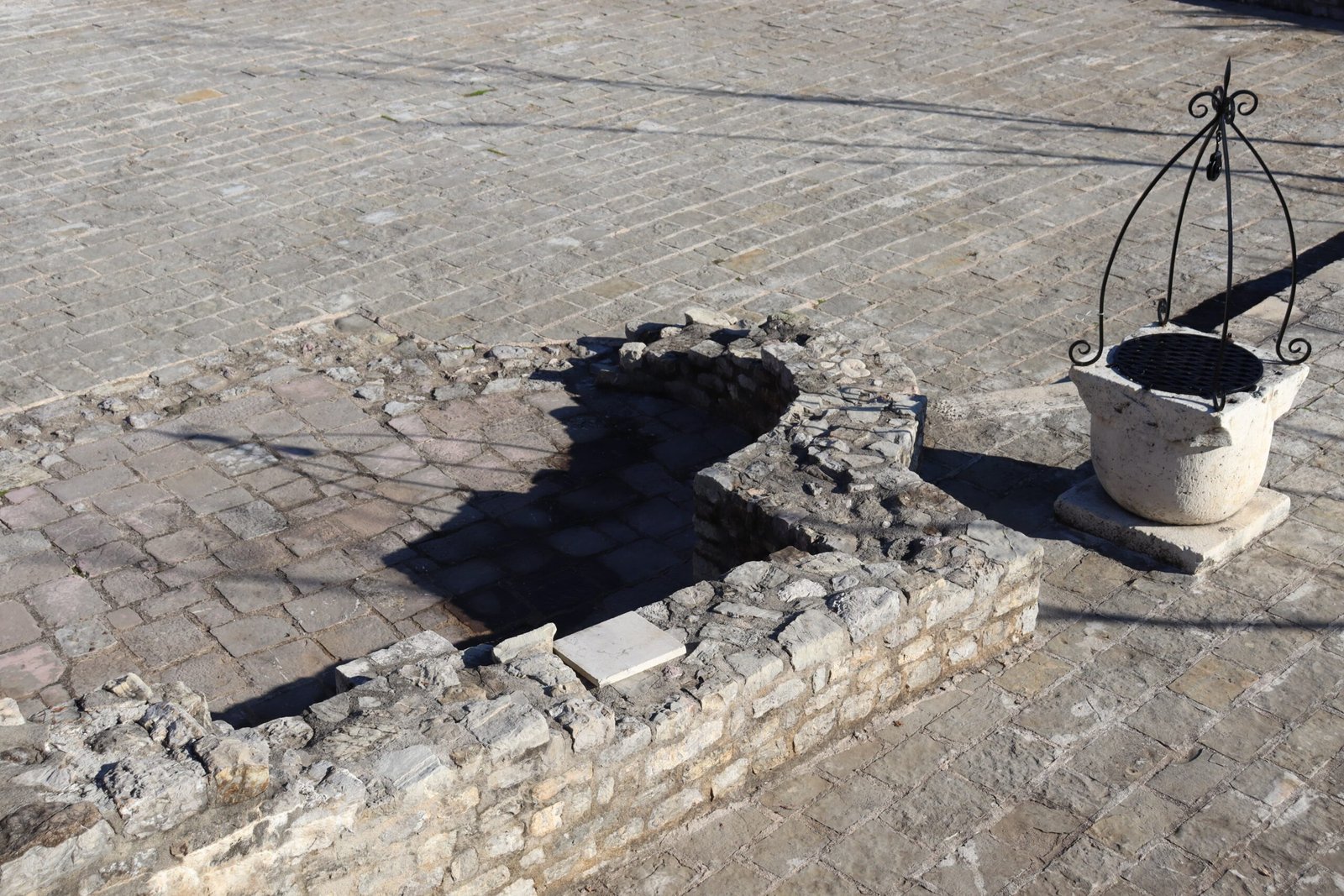Tačno vrijeme izgradnje crkve Santa Maria in Castio nije poznato. Međutim, na osnovu njenog arhitektonskog oblika i opštih graditeljskih karakteristika, datira se u period XII – XIV vijeka. Ovaj period vezuje se za vladavinu despota Đurđa Brankovića, a potom i dinastije Balšića, poznatih po ktitorskim poduhvatima na teritoriji današnje crnogorske obale. Santa Maria in Castio je zasigurno mogla imati izuzetan značaj s obzirom na to da je smještena unutar Kastela, najvažnijeg i najistaknutijeg uzvišenja unutar Starog grada Budve. Crkva je najvjerovatnije stradala u zemljotresu 1667, kada je i čitav Stari grad bio razoren. Nakon velikog oštećenja, crkva nije obnavljana i njen prvobitni izgled nije u potpunosti poznat. Tokom okupacije Austrije, od 1797. do 1918. ostaci crkve Santa Maria in Castio uklapani su u sistem građenja novih utilitarnih prostora. Danas se mogu vidjeti originalni dijelovi južnog zida ove srednjovjekovne crkve sa ostacima fresko maltera, kao i rekonstruisani dijelovi južnog i zapadnog zida.





